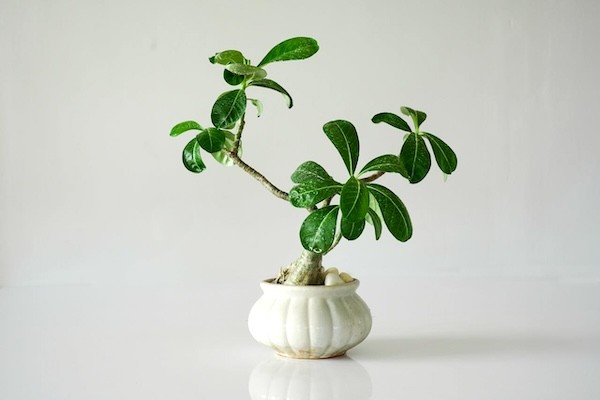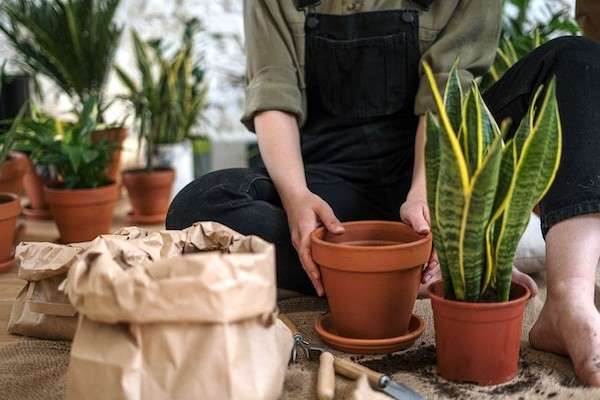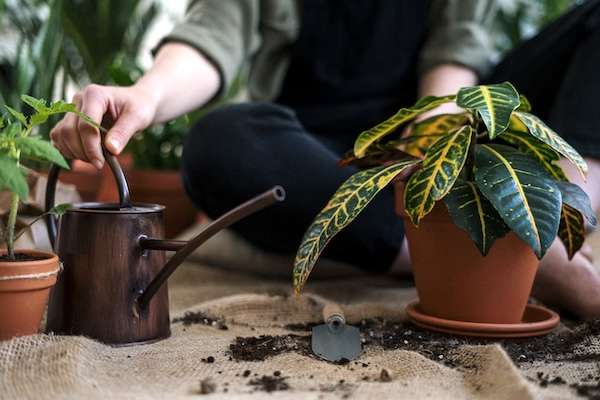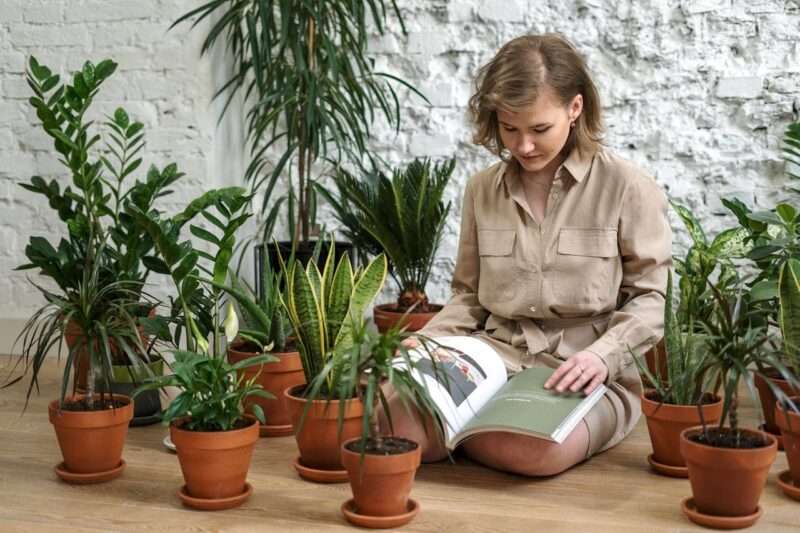Investigating no-dig gardening reveals a world in which the least amount of soil disturbance is supreme. This technique, which covers the soil with layers of organic matter, supports a more environmentally friendly way to cultivate your patch. It avoids the traditional turn of the soil, protecting the complex life network under our feet. Horticulturists that use this technique gain many advantages, such as healthier loam, less work, and fewer weeds growing. As we dig further, we learn how this method promotes a healthy ecology and nurtures your garden. Learn about the rejuvenating effects of minimal disturbance horticulture, which supports life and growth with each new layer.
The Philosophy Behind No-Dig Gardening
Fundamentally, no-dig gardening is an earth-honoring concept. It acknowledges the soil as a living thing that is brimming with microbes that are essential to the health of plants. These techniques support covering this ecosystem with layers of organic material rather than upsetting it with conventional tilling.
This method mimics natural processes, where leaves and other plant matter decompose on the surface, enriching the soil beneath. It involves fostering a balance that encourages robust plant growth by cooperating with nature rather than fighting it. Further, no-dig gardening invites horticulturists to see their plots’ slow but fruitful transformation, highlighting the value of patience and observation. This approach helps ensure a sustainable future by encouraging a change in behavior toward methods that benefit our valuable soil instead of depleting it.

Benefits of No-Dig Gardening
No-dig planting transforms horticulture practices by providing an effective and sustainable method that improves loam health and the surrounding ecosystem. Now let’s examine its many advantages to the garden and the gardener.
Improved Soil Structure and Health
Horticulture without digging improves the soil’s structure and health considerably. Layering organic items on top, such as compost and mulch, keeps the soil underneath undisturbed. As a result, the loam becomes more organically fertile and aerates as earthworms and other beneficial microbes grow. Over time, this creates a strong soil structure that holds onto nutrients and fosters strong plant roots, laying the groundwork for a flourishing garden.
Enhanced Water Retention
The organic layers function as a sponge, retaining moisture at the plant roots where it is most required. That reduces water evaporation and ensures plants stay hydrated for longer, even during hot, dry spells. As a result, horticulturists may water their plants less regularly, saving water and lessening their environmental impact. This technique makes horticulture less resource-intensive and more sustainable, especially in drought-prone locations.
Increased Biodiversity
Gardeners who practice the no-dig approach establish a haven for various creatures. The garden’s ecosystem depends on earthworms, insects, and microbes, all finding refuge in the undisturbed loam. In addition to improving soil health and nutrient cycling, biodiversity also helps control pests, lowering the demand for chemical interventions. Balance, resilience, and a more colorful and healthier garden are all facilitated by a diversified garden ecology.
Gardeners can save time and effort by avoiding the need to till and dig.

Reduced Labor and Maintenance
This method is a blessing for those looking to reduce their garden’s effort and upkeep. Gardeners can save time and effort by not having to till, dig, and change the soil, which increases gardening’s accessibility and enjoyment. Because the mulch layer inhibits weed growth and makes any sprouting weeds easier to remove, this strategy also considerably lessens the pressure from weeds. As a result, horticulturists can devote less time to backbreaking labor and more time to appreciating their gardens.
Better Plant Growth and Yield
No-dig gardens frequently produce plants with more vigorous growth and larger yields. Rich, well-structured loam creates the perfect habitat for roots to grow, and increased biodiversity guarantees that plants get all the nutrients they require. Fruits, vegetables, and flowers flourish, yielding bountiful and healthful harvests. With little effort, gardeners can anticipate a lush, productive, and exquisite garden that requires little maintenance.
How to Start
Gardening without digging is a simple and pleasant task to begin. First, choose a location for your garden that will provide adequate drainage and sunlight. To prevent weeds, place cardboard or newspaper immediately on top of the grass or soil. Add a thick layer of well-rotted manure or compost after that. That is the foundation of your garden bed and nourishes your growing plants. Cover this with mulch made of leaves or straw to help conserve moisture and further inhibit weed growth.
Next, sow your seeds or seedlings straight into the layer of compost. Water your new garden thoroughly, lastly. Without the need for tilling or digging, the decomposition of the organic layers will nourish the loam below and encourage the growth of healthy plants. Adopting no-dig gardening promotes a more dynamic and fruitful garden ecology and simplifies the garden setup.

Challenges and Considerations
Starting a no-cultivation garden has its own set of issues and difficulties. Finding enough organic material to build thick layers can be difficult at first. First, you’ll need a sizable quantity of mulch, manure, or compost. Patience is also essential, as the layers require time to decompose and improve the underlying soil. Watering during this time requires careful attention to ensure moisture reaches the roots beneath the layers.
Along with this, it is essential to keep an eye out for pests that are attracted to mulch-rich areas to stop them from compromising the health of your garden. Finally, success can be increased by selecting plants that do well in a no-till setting. Despite these drawbacks, a no-dig garden can yield a lush, fruitful place since the benefits, such as increased biodiversity and loam health, frequently exceed the original work.
Final Thoughts
In sum, no-dig gardening emerges as a powerful, sustainable method that nurtures the earth while yielding abundant harvests. This approach aligns with nature’s rhythms by preserving soil structure, enhancing water retention, and fostering biodiversity. Although it may present challenges, such as sourcing materials and managing pests, the benefits far outweigh these hurdles. Gardeners who adopt this method contribute to a healthier planet, enjoying the rewards of their labor through vibrant gardens. Embracing no-dig horticulture is not just a choice; it’s a commitment to a more sustainable and fruitful relationship with the land.
Author Bio: Elena Morris is a seasoned writer and gardening enthusiast passionate about sustainable living practices. She has contributed to numerous publications, sharing her expertise on eco-friendly gardening techniques and innovative approaches to landscaping. Elena is now collaborating with the reputable moving company Lippincott Van Lines, combining her love for green spaces with practical tips for environmentally conscious homeowners who need to relocate.
Photos used:
Woman reading a book.
A green plant in a white ceramic pot.
A person holding a clay pot.
A person with a potted plant and a watering can.
